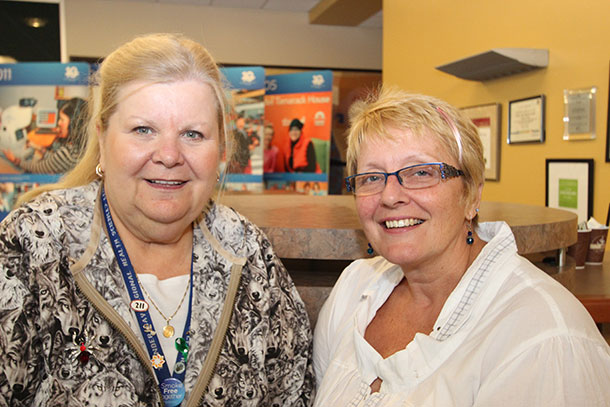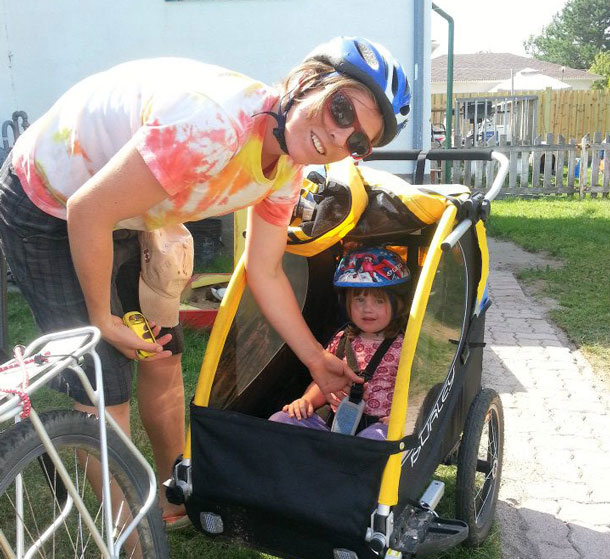 THUNDER BAY – Health – They say a picture is worth a thousand words. For someone experiencing memory loss that statement couldn’t be truer. Capturing and leveraging memories can help trigger an emotional response and potentially help manage the behaviors of someone with Alzheimer’s disease or other forms of dementia.
THUNDER BAY – Health – They say a picture is worth a thousand words. For someone experiencing memory loss that statement couldn’t be truer. Capturing and leveraging memories can help trigger an emotional response and potentially help manage the behaviors of someone with Alzheimer’s disease or other forms of dementia.
A picture is worth a thousand words
Taking a trip down memory lane can help generate a sense of familiarity and comfort—feelings particularly welcome in someone with dementia. There are many ways that you can help your loved one connect with and maintain a link to their history.
Here are a few ideas:
1. Create a photo wall with captions so someone with dementia can look at these images and make the connection as to what was happening when that picture was taken. This is a great opportunity to share stories and discuss these memories of past events.
2. Create a history book with images and stories throughout their lifespan. Capturing and preserving these memories can be an ongoing process, as certain situations may bring certain memories to the surface. This book can also be used to engage the person with dementia and help communicate with them. The goal is to give your family member with dementia the opportunity to share cherished memories with the people she loves.
3. Create a memory box filled with images and objects that have meaning to the person with dementia. The box can be used to help trigger memories or be used to engage different senses with touch, sight and smell.
All of these activities are perfect to do together as a family; bringing everyone closer, leaving everyone feeling nostalgic, and helping everyone to make new memories while preserving old ones.
Visit our website for more information about dementia and caregiving: www.alzheimer.ca/thunderbay.
We also invite you to please share any other tips and ideas you have for preserving memories with a loved one.
Ashleigh Quarrell
Public Awareness and Media Relations Coordinator







